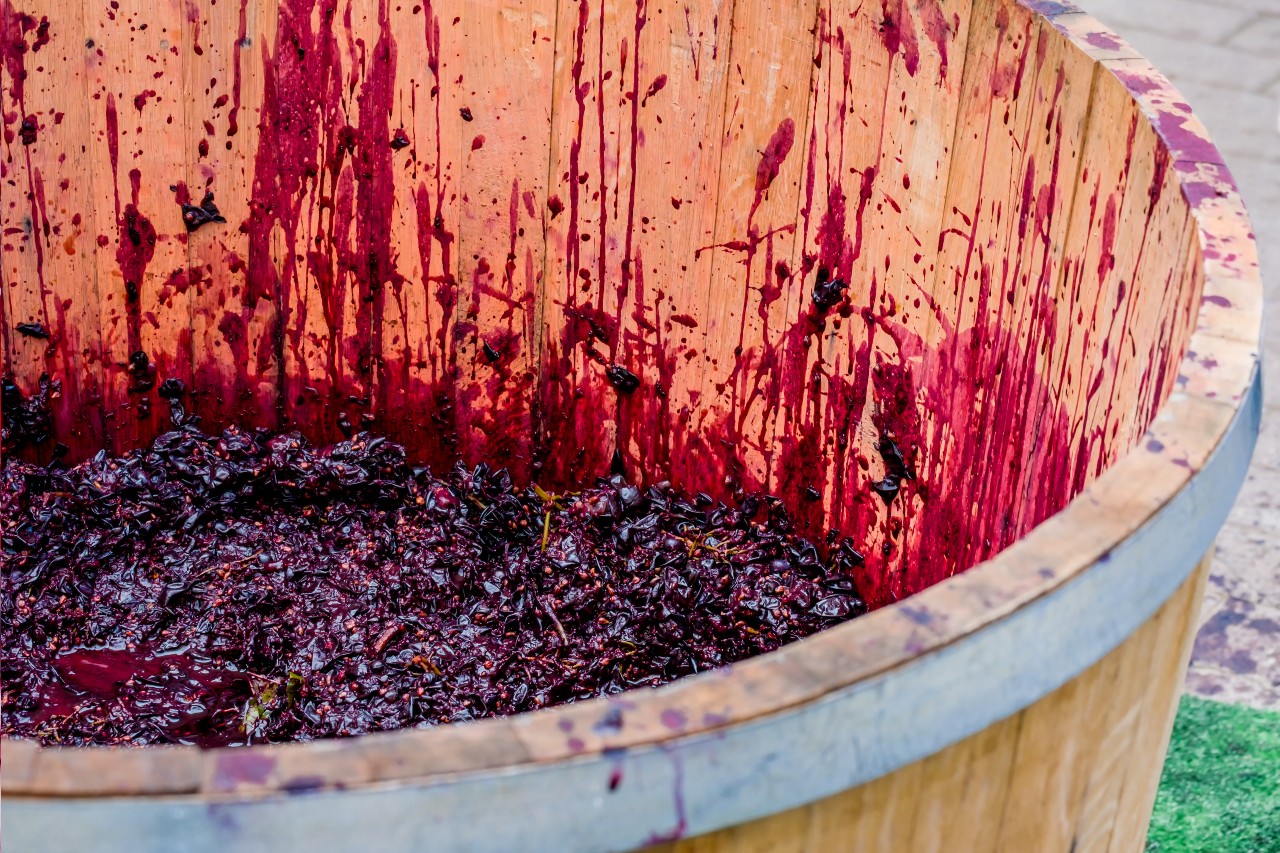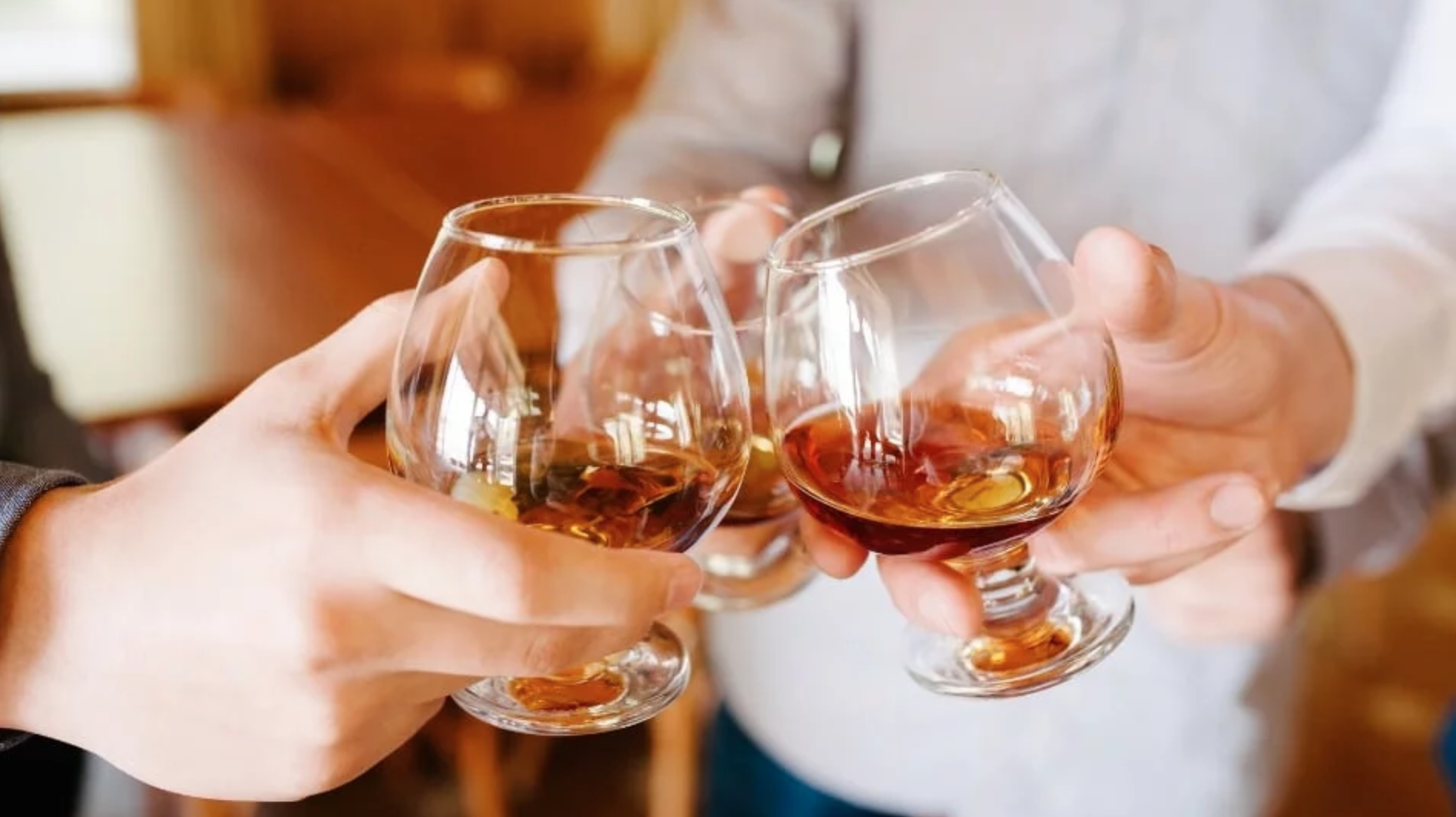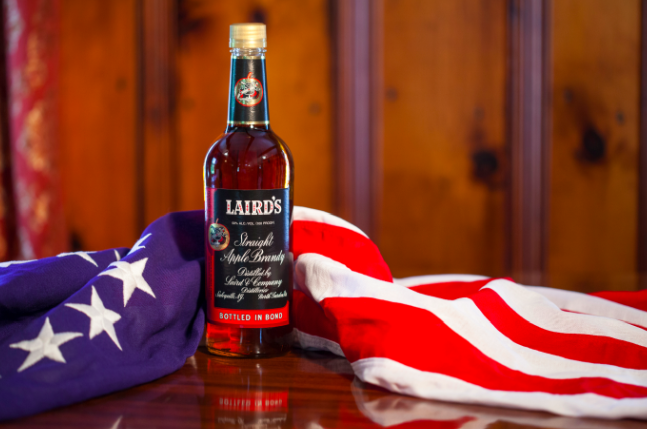What is Brandy?! This is a question I get a lot when at the bar I work. As I begin writing this, I can’t help to think about the song “Brandy” by Looking Glass that was released in 1972 and hit number 1 on the Billboard charts.
Before we delve any deeper into this, I recommend that your put song on. Not only is it one of the greatest storytelling songs of all time, and sure to make your day better, but ironically the intro of the song is very similar to the intro the history of Brandy. It goes like this...
“There's a port on a western bayAnd it serves a hundred ships a dayLonely sailors pass the time awayAnd talk about their homes”
The Western ports that we are talking about are located in France, Spain, and Portugal. Before Brandy, wine was a very popular product traded among Europe. Sometime in the 16th century (as the story goes) a Dutch shipmaster came up with a plan to ship more wine in limited cargo space by removing water from the wine (distillation). This also meant that he could transport more wine without any extra taxes on the product. The intent was that when they returned to Holland they could just add water back to the distillate and voila you have wine.
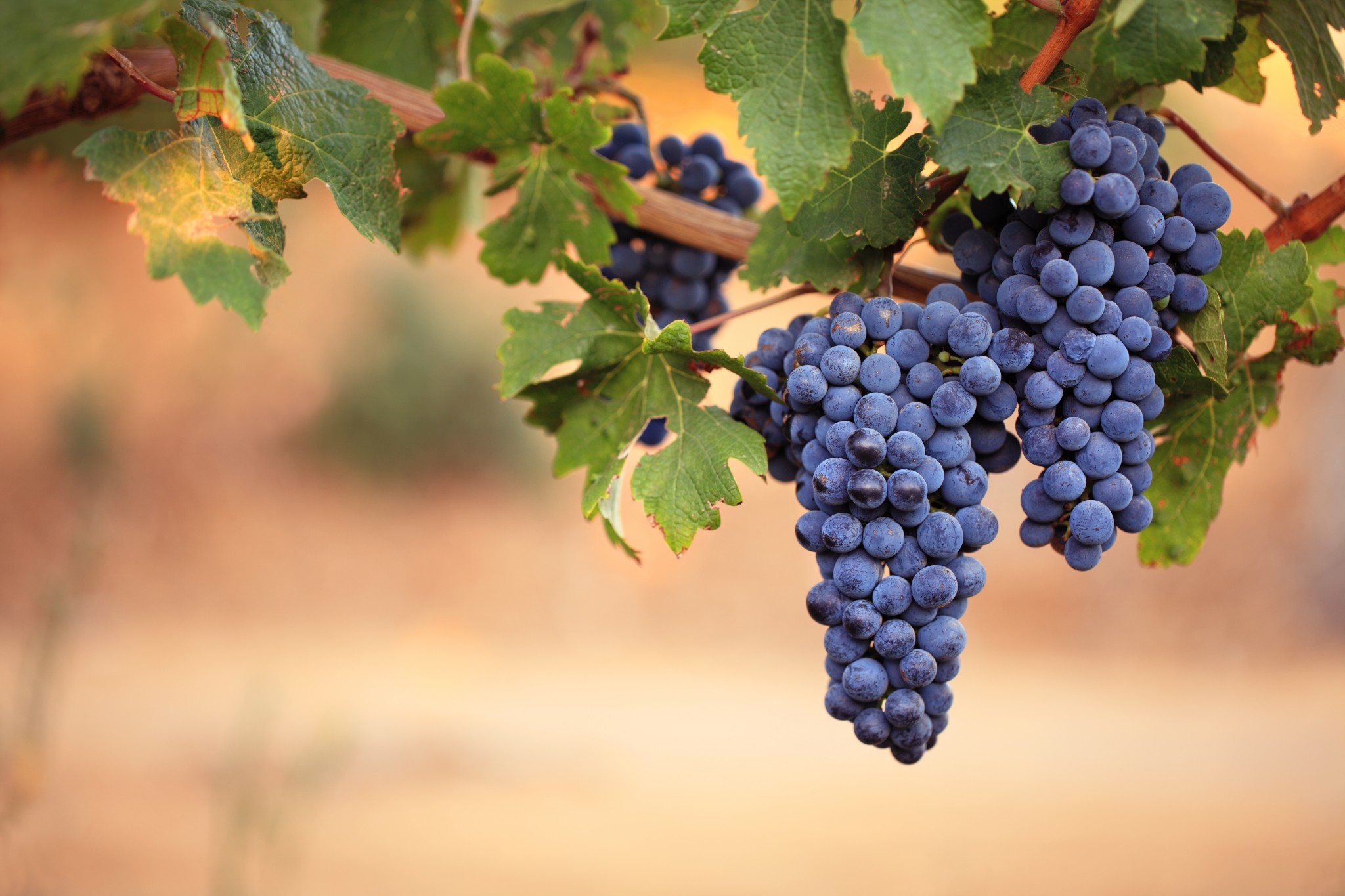
Well the plan did not go as intended, but the consequences of the experiment were not all bad. At first they found that when adding water back to the distilled wine, that the distillation process had removed many of the key components that make a wine what it is, such as sugars, pigments, salts and other non-volatile substances. But on the other hand they had found that the distilled spirit, after being stored in oak casks for a time had improved the original distilled product. They called this product “brandewijn” which meant “burnt wine” and later became Brandy.
Now brandy as beautiful and fine as she may be is also one of the largest, most diverse and complex spirit categories on the market. Traditionally brandy is made with grapes, (Cognacs, Armagnacs, etc.) but brandy can literally be made with any fermented fruit juice, anywhere in the world, and it is. If the brandy is made with a fruit other than grapes, it will tell you on the label, for example; Lairds, AppleBrandy which is one of America’s first brandies put on the market. As you can tell from the title this brandy is made with Apples (side note, it is delicious, great in cocktails and very inexpensive as well).
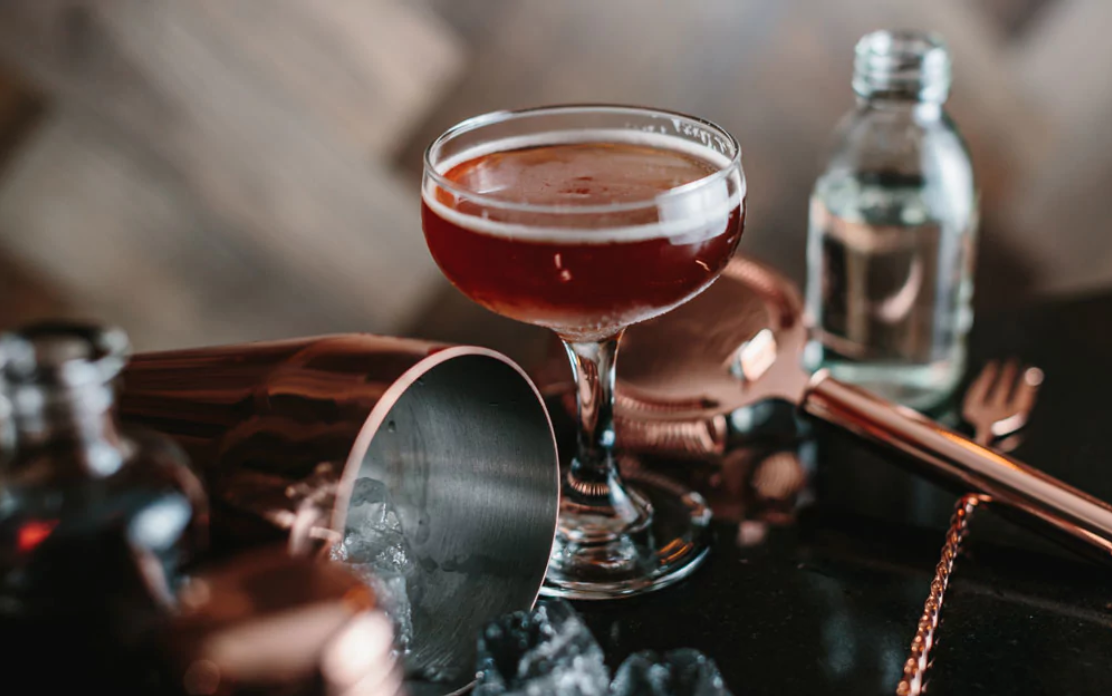
Depending on the region where the Brandy is being produced there can be strict laws on how your brandy is made, this is especially true in France where some of the world’s most famous and finest brandies including Cognac, Armagnac, and Calvado are made. As I said in the beginning Cognac given that brandy is one of, if not the most diverse spirit categories in the world it would take me all day to mention every type of brandy on the market, which unless you are a super spirit nerd you really don’t need to know. Below is a list of every main style of brandy on the market, regulations that you should know, where it is produced, aging requirements and classifications, and any other interesting information that you might want to know about that type of brandy.
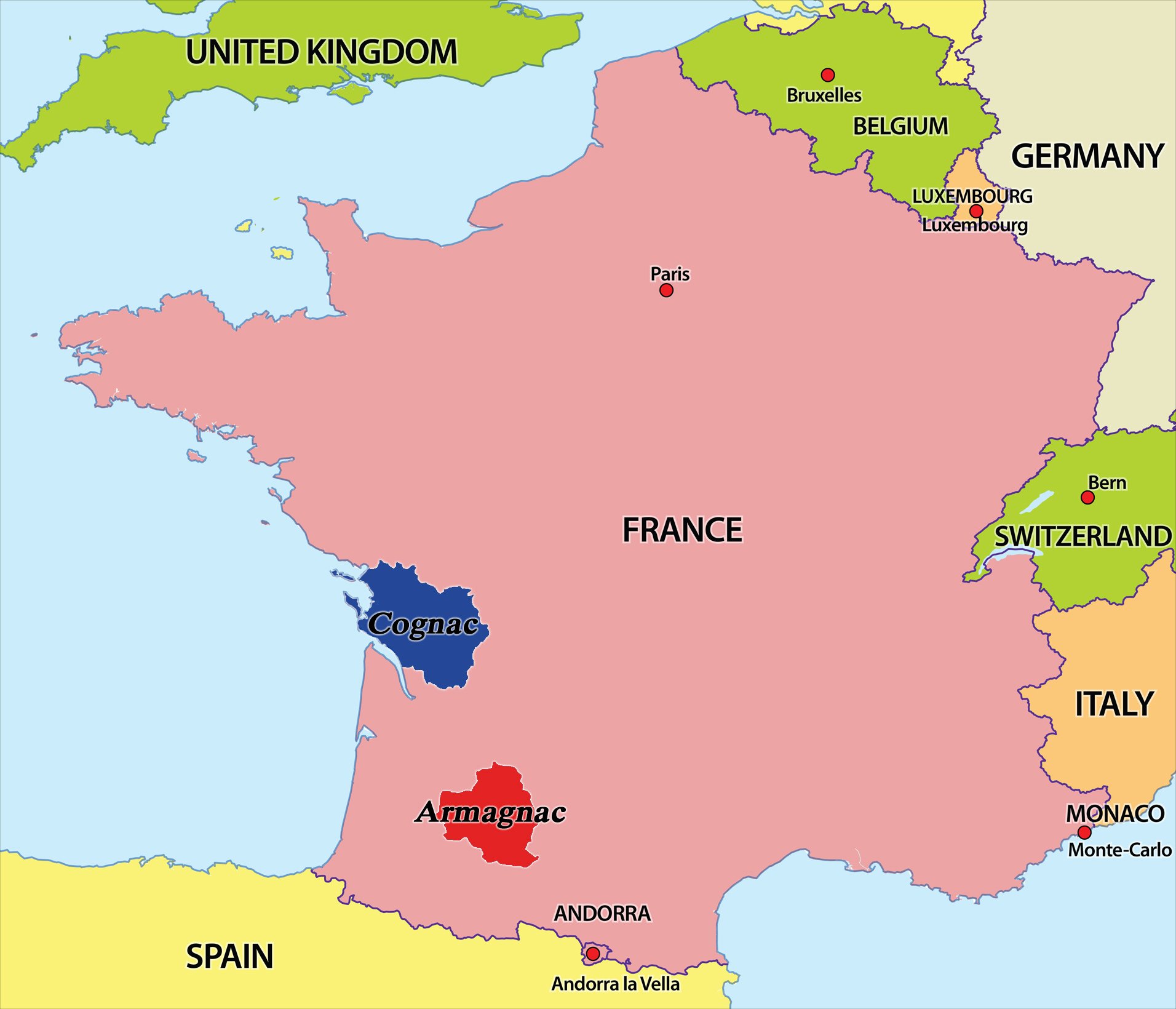 [Source:fordtranscontinental]
[Source:fordtranscontinental]
Armagnac
Known as being the first distillate distilled from grapes back in the 15th century. Although at that time the distillate was used for medicinal purposes. The product was called aygueardente, or eau de vie (water of life). A document published in 1441 records that “distilled spirit relieves pain, keeps one young and brings with it joy.” Although the Armagnac region was well known for its quality wine in the 16th century, it wasn’t until after Cognac had already been distilling and selling their brandy to the Dutch that Armagnac became popular. Over the years the laws and regulations for Armagnac have changed often, but here is what you should know about Armagnac today.
- Armagnac, controlled and regulated by the French appellation d’origine contrôlée (AOC), with production methods, aging and naming required to meet certain legal requirements.
- It must come from the Armagnac region in Gascony, France.
- It must be distilled from specific grapes. Baco 22a, Colombard, Folle blanche, and Ugni blanc.
- Traditionally it is distilled once in a continuous column still.
- Armagnac’s flavor is known for being more robust than Cognac.
- Must be aged in specific oak casks for at least a year in order to retain an age designation, otherwise an age can not be specified or must be labeled Blanche.
Cognac
- Cognac, controlled and regulated by the French appellation d’origine contrôlée (AOC), with production methods, aging, and naming required to meet certain legal requirements.
- The Cognac region stretches over two regions in western France, Charente-Maritime, and Charente.
- The types of grapes that can be used to make Cognac include Ugni Blanc (which usually makes up about 95% of the blend) Folle Blanche, and Colombard.
- Cognac is distilled twice in an alembic copper pot still (alambic charentais).
- Cognac must be aged for at least 2 years in charred oak barrels from the regions of Limousin or Tronçais.
- Cognac age designations are very strict, beginning with the youngest eau-de-vie aged at least 2 years V.S. (very special), up to X.O. (extra old) or Napoleon with the youngest eau-de-vie being at least 6 years old in the blend.
Calvados
An Apple or Pear Brandy made in the region of Normandy, France. Apple orchards and brewers are mentioned as far back as the 8th century by Charlemagne. The first noted distillation of cider in the region was noted in the 16th century.
- Calvados, controlled and regulated by the French appellation d’origine contrôlée (AOC), with production methods, aging, and naming required to meet certain legal requirements.
- Calvados is distilled from cider that can be made from 200 varieties of apples.
- Calvados can either be double distilled in an alembic copper pot still, or once in a single continuous column still.
- Calvados must be aged a minimum of 2 years in oak barrels.
- Calvados Domfrontais is a type of Calvados made with Pears. It must be aged a minimum of 3 years in oak barrels.
- Calvados age designations go from “Fine” meaning that it has been aged for a minimum of 2 years, to X.O. aged a minimum of 6 years.
Spanish Brandy (brandy de Jerez)
It is hard to say when Spanish Brandy started being made. The Moors brought the technology of distillation to the Iberian Peninsula in 711 AD. but the Moors were prohibited from drinking due to their religion. It is known that by the 16th century brandy was being produced in large quantities in the Jerez region of Spain. 95% of all brandy today is made in the Jerez region.
- Brandy from Jerez is protected by the Denomination of Origin (D.O.) It can only be produced in the Jerez region of Southwest Spain.
- Brandy de Jerez is made from wine from the Airen and Palomino grapes.
- Aged in Sherry casks called Botas, made from Oak. These casks have been used to age Sherry for at least 3 years before they can be used to age Brandy.
- Depending on the type of Sherry that was aged in the cask, will affect the color, aroma, and taste of the Brandy.
- Brandy de Jerez is aged using the Soleras system. In the simplest explanation it is a rotation and filling process that mixes both young and older brandies.
- Age designations for Brandy de Jerez begin with Solera, meaning that it has been aged for a minimum of 1 year, to Solera Gran Reserva, the oldest Brandy aged for a minimum of 10 years.
Pisco
- Peruvain Pisco must be made in the country’s five official Denomination of Origin.
- Peru Pisco is produced using only copper pot stills and unlike Chilean piscos can never be diluted after distillation.
- The styles of Pisco in Peru are designated by the quality of grapes that are used for the production. As far as aging goes Pisco can only be rested in glass, and stainless steel for a minimum of 3 months.
- No additives can be added to Pisco
- Chilean Pisco must be made in the country’s 2 official Denomination of Origin.
- Designations for styles of Chilean pisco is based on the proof (alcohol content) of the spirit.
Grappa
Grappa is an Italian style brandy made from the Pomace of grapes. After winemakers were done with the skins and leftovers of the grapes that they used to make their wine, they would take the pomace, ferment it and distill it into a spirit. Grappas of today are a quality spirit that contain rich aromatics and flavor.
- Grappa is now a protected name in the European Union
- Grappa must be produced in Italy, or the Italian part of Switzerland
- It must be produced from pomace - the solid remains of grapes after pressing
- Fermentation and distillation must occur on the pomace, no added water. This means low yield, but ensures the quality of the product.
Flavored Brandy
I’m going to keep this short. Flavored Brandy is made all over the world. It can literally be made with any fermented fruit juice. The thing that you want to know about flavored Brandy is that there are very few regulations on flavored brandy. It can have additives such as sugars, caramels and other flavors. Below are a few examples of the most popular flavored brandies on the market.
- Kirscwasser, a delicious German style brandy made from double distillation of morello cherries. It is clear in color and has a refined taste of cherries and almonds.
- Ouzo, is a Greek style of brandy made with anise. Typically drank as an aperitif before dinner
- Applejack Brandy, Created by Laird’s in the United States. Applejack brandy is a mix of 35% Apple Brandy and 65% neutral grain spirits. It is aged in oak barrels.
- Benedictine and Brandy (B&B), is a drier version of Benedictine with the addition of brandy. B&B was developed in the 1930’s.
American Brandy
The first American brandy is believed to have been an apple brandy distilled sometime in the 1600’s. Brandy is believed to be the first spirit distilled in the United States even before whiskey. Colonists at the time fermented and distilled almost any fruit that they were able to grow.
- In the 1700’s many monasteries were formed in California, the monks began growing grapes for wine and brandy to help support their missions.
- Laird’s Apple brandy, based in New Jersey was the first the first brandy to be sold commercially in 1780. Laird’s continues operating to this day, and is a leader in American brandy.
- In the 1800’s Christain Brother started marketing brandies from California missions.
- Today there are numerous American brandies on the market some being made from grapes, and others from almost any fruit that can be grown in the United States, just as it was when America was first founded.
So why did I decide to write this lengthy article on Brandy. Well for starters I’m a nerd. Secondly, so you the reader can impress your friends with facts at the next cocktail party you go to, but lastly and most importantly, we are excited to introduce you to a new American Brandy that we will be using in our cocktails.
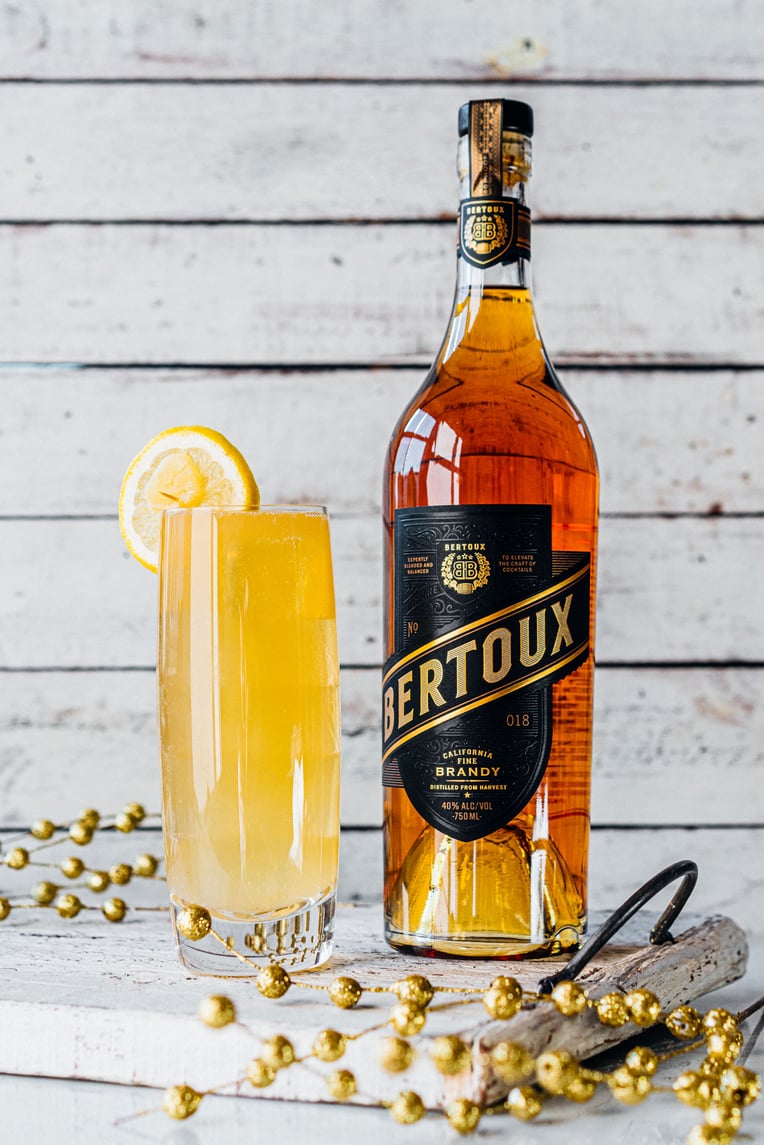
The brandy is called Bertoux. The Master blenders and partners in this new American brandy are Jeff bell (general manager of PDT in New York and Tokyo) and Thomas Pastuszak (sommelier and wine director at the Nomad in New York, Las Vegas and L.A.). Bertoux is a blend of pot distilled California brandies that have been aged from 3 to 7 years in French and American oak. We look forward to you trying in one of our cocktails, or by itself.
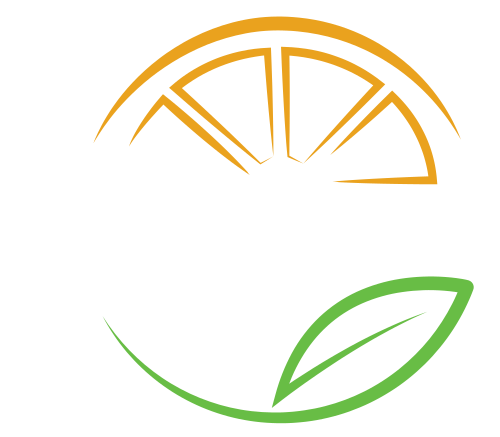

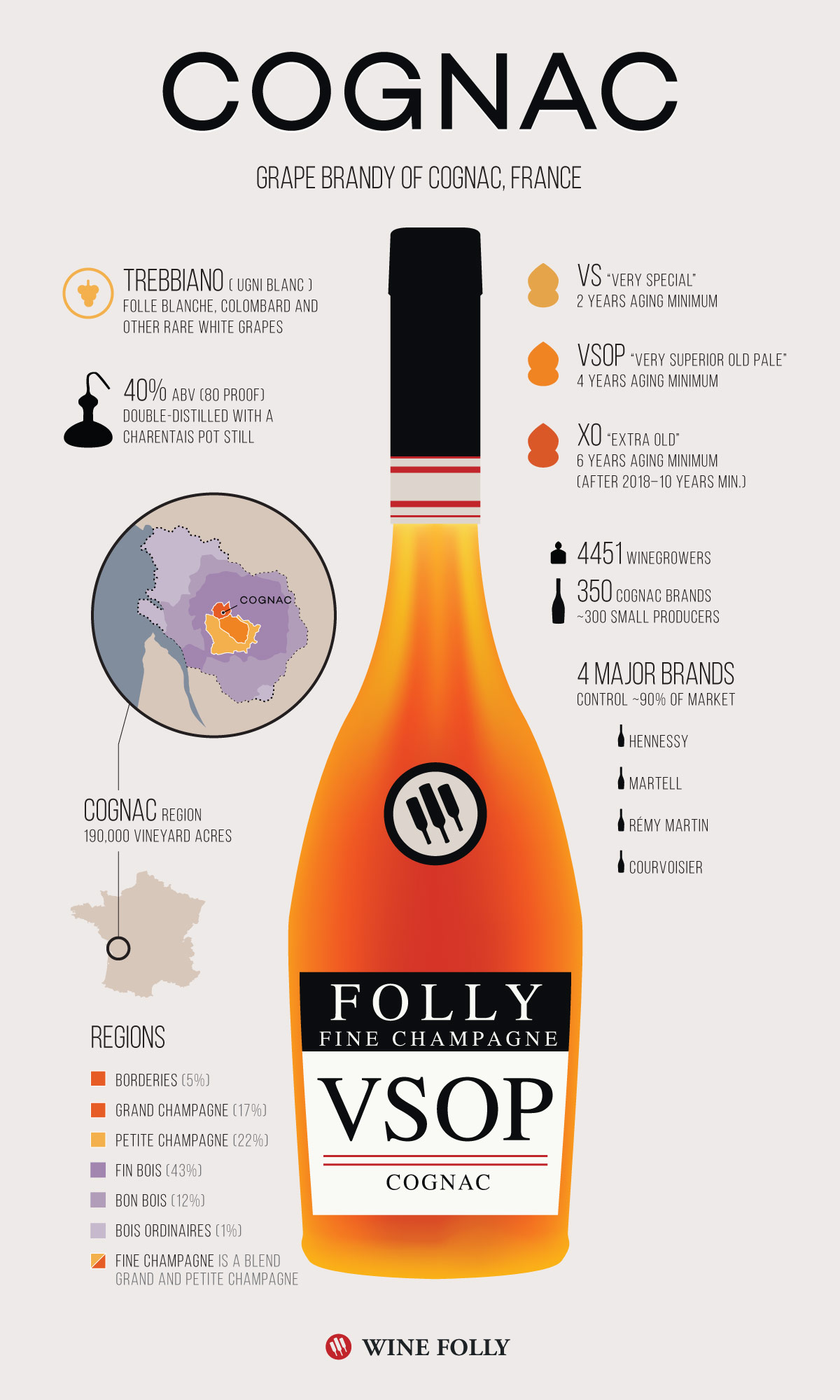
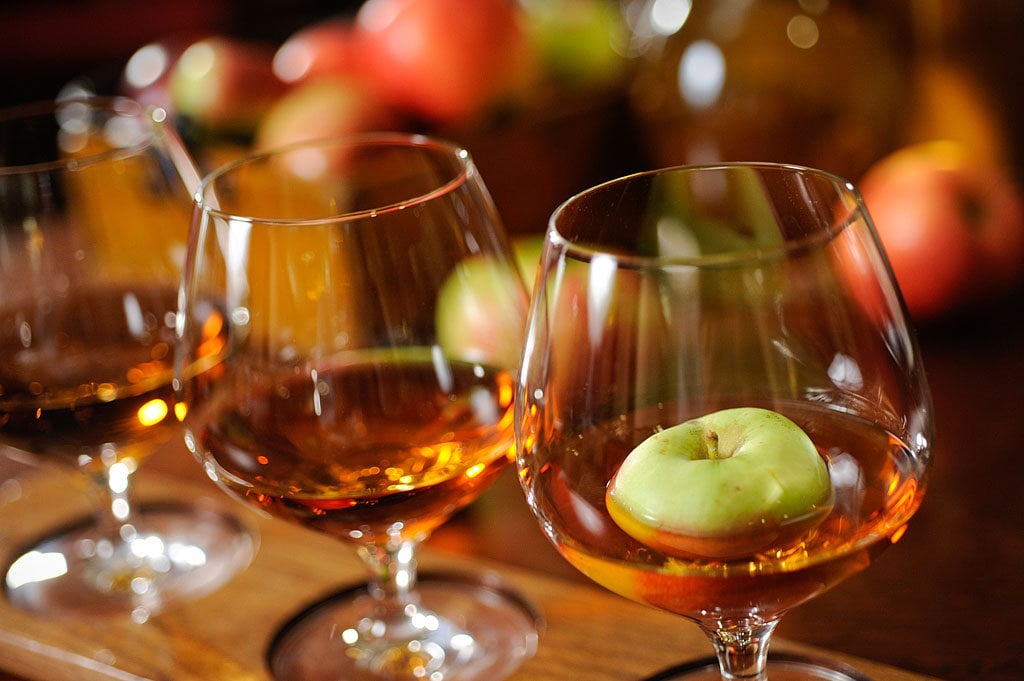
.jpg?width=640&name=brandy%20(2).jpg)

